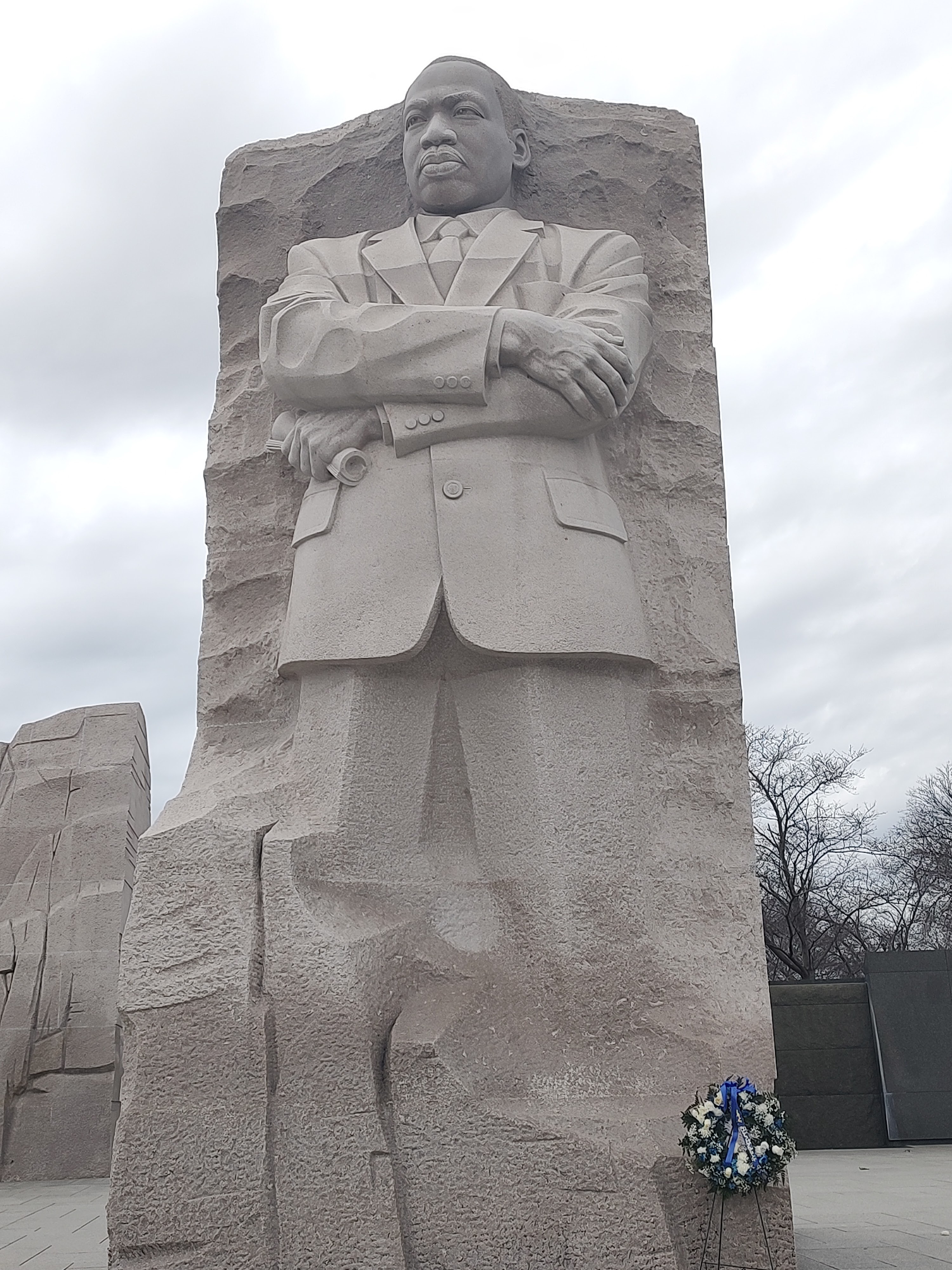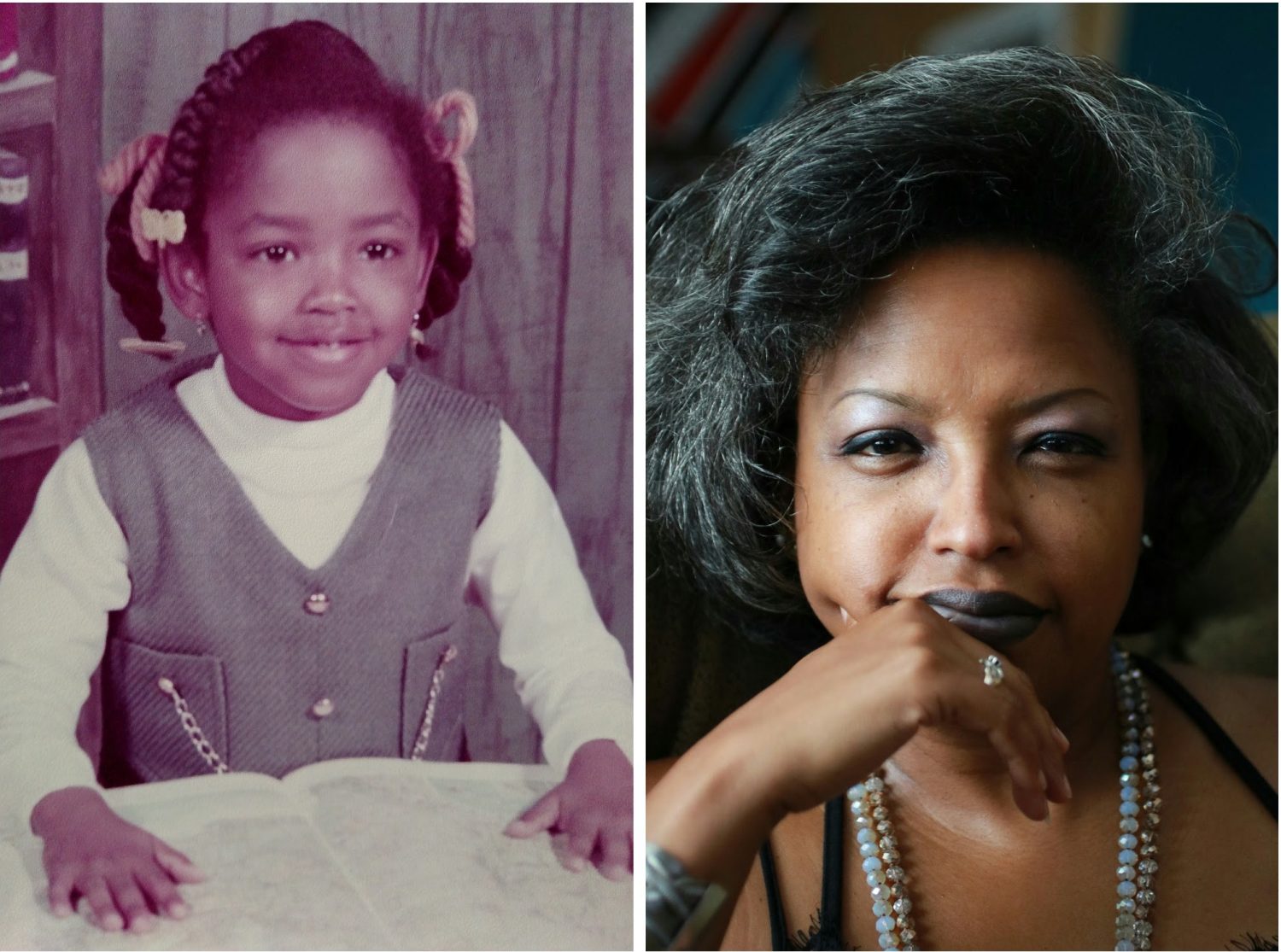At the beginning of this new year (2024), I had the chance to travel to our nation’s capital to meet new colleagues and do some good work. On the occasion of the 2024 Martin Luther King Jr. holiday, I was thrilled to be in the presence of many important people, especially beautiful black and brown people.
In particular, I met some beautiful black women, just like me, women of all ages who have made incredible contributions with their skills and intellect to the places and communities where they live. Most of them, younger than I, were super smart and quite capable.
Just as Harriet Tubman, Sojourner Truth, Fannie Lou Hamer, Pauli Murray, Alice Walker, Toni Morrison, Shirley Chisholm, Barbara Jordan, and many, many more gave of their time and talents, they are striving to make a difference with their labor. I could feel their power converge with mine.
All I could or can say, in the words of the R&B song, is keep “risin’ to the top.” Beautiful black women: keep doing good deeds. Use your voices and your skills to serve others, and act as co-creators on this place we call Earth. It was a total joy to be in the car with a younger, beautiful black woman and hear her say, “Is it okay if we listen to AfroPop?” Is it okay??? LET’S GO!!!
The world needs us beautiful black women; not to twerk or exploit our breathtaking features, but to assert and embrace the beauty of our humanity in a world that is littered by greed and selfish people who intentionally bring harm to the Earth and all its inhabitants.
Living in Kansas City, I do see many black men and black women in places of prominence, but unfortunately it seems to me that many do not want to embrace blackness as much as the generation before me once did (Baby Boomers). In other words, for some, “making it” or being successful in life or in one’s occupation has become synonymous with selecting a white spouse or partner (as a means of securing social and therefore economic validation from whites).
In Kansas City and beyond, it is not unusual for me to observe black Millennials, Gen Y’s and Gen Z’s who aspire to look and be like Jennifer Aniston, Jennifer Lopez, or Brad Pitt, but not so much like Martin Luther King Jr. or Nina Simone. This is quite apparent to me when I turn on the local news. I am glad to see so many black journalists in the city, but the sound (voice) and appearance of most of them, in my opinion, is often culturally white in sound and appearance. Blackness, in its natural and cultural form is not valued or presented.
In professional circles, the ontology of blackness has historically been whitened or lightened “up” in order to be deemed beautiful or “appropriate” by the public. In social and professional circles this is also apparent. Even when I am hanging out in the city I can see that many black women and men aspire to present themselves as culturally white and whitened; this is most articulated in day to day choices of apparel, and especially when it comes to the grooming of our hair. Likewise, we see the personal embrace of whiteness demonstrated in the choices that many black male professional sports players make off the field.
Historically, no one has wanted this dilution or accommodation of blackness more than those who are not black. I suppose this functions to make them feel better, more superior, about who they are. However, clearly this trend is changing in spite of the passage of more than a few “Crown Acts.” For example, today a black woman is often considered most beautiful if she has the bone straight, yet flowing hair of an alleged mermaid.
Hopefully, I do not need to remind you or anyone that the state of Missouri does not have the best track record as far as black people are concerned (as in the 1857 Dred Scott decision), and I am sensing it more and more – particularly in professional circles – where I do not see as many black women and men in Missouri who are at the top embracing and loving blackness, unapologetically, when they are at home, and with the partners they choose to share their beds.
I just took the time to watch the movie Killers of the Flower Moon, (all three and a half hours of it) and needless to say, the steady, gradual erasure of black cultural identity through eugenics or selective breeding has been a subject that has interested me for some time. I was heartbroken to learn how whites deceptively used marriage and relationships with indigenous Americans to gain economic and social wealth. Like many African Americans, I have roots with an indigenous American people. Among other influences, my paternal grandmother was unmistakably native in heritage. Sadly, she was the only living grandparent that I ever knew.
Some black women and men might “talk black” all day, but that is about all that it is: TALK – because loving blackness is not what they do or practice at home. What they love, at home, is whiteness. Therefore, elevating and privileging white cultural identity is what appeals to them; the look and beauty of whiteness – or getting as close to the look of whiteness as possible – without crossing over, is what they do. Aesthetics aside, this is also a type of “passing;” a way of gaining social and economic credibility (and benefits) through association or marriage.
When I see black women and men who are proud to be black and who are willing and able to love black people wholly and embrace cultural expressions of blackness, day and night, then I must acknowledge it. I intentionally take in “the blackness” (a lyric in a song from The Sounds of Blackness in the 1990’s) and the natural cultural characteristics and expressions of black people when I see us embrace ourselves and each other without feeling the need to replicate white standards of beauty or appearance.
Before leaving Washington, D.C., a place that used be known as a sort of “Black Mecca” before Atlanta took first place, I took a long walk on the United States National Mall and stood silently for a moment in front of the monument as my 2024 tribute to Dr. Martin Luther King, Jr. I love that the sculptor gave Dr. King strong African physical features and expression – and that he emerges from the rock or the earth – even as he is wearing a suit, which is fashion or style created as an expression of white, European culture.

This April 2024, it will be fifty-six years since the assassination of the Rev. Dr. Martin Luther King, Jr., and as I stood there feeling the power of his image and the look on his face (pictured above), deep in my heart – or maybe it was coming from my Spotify playlist – I heard the lyrics to the song, “Risin’ to the Top.”
Risin’ to the Top, originally performed in 1988 by Keni Burke, was a jam that I definitely grooved to when I was an undergraduate student pursuing a degree in Political Science at the former Clark College, which was soon to be Clark Atlanta University. It has been sampled by quite a few musical artists, in particular Mary J. Blige.
Today, when I look around and see so many hateful, materialistic, and selfish black men and women operating in ways that tear themselves and others down, and keep them from experiencing happiness, it saddens me (and sometimes it rightly angers me). Is this us? Collectively, is this who we have become: devaluing and holding blackness in contempt like our oppressors did to our ancestors?
No, on this trip to Chocolate City, when I had the chance to talk with these beautiful black people and to perhaps make some new friends who are living out their lives with dedication to building themselves up and helping people in need, I was truly INSPIRED and once again proud to be who I am: A BLACK WOMAN.
Thank you, beautiful black people for reminding me and all of us of who we are, and of how important it is to “keep rising to the top, giving all we’ve got!”
Because here, at the top, is where we definitely belong.
© 2024 annalise fonza, Ph.D., MURP, M.Div., MPA, BA
Updated 01/27/2024
